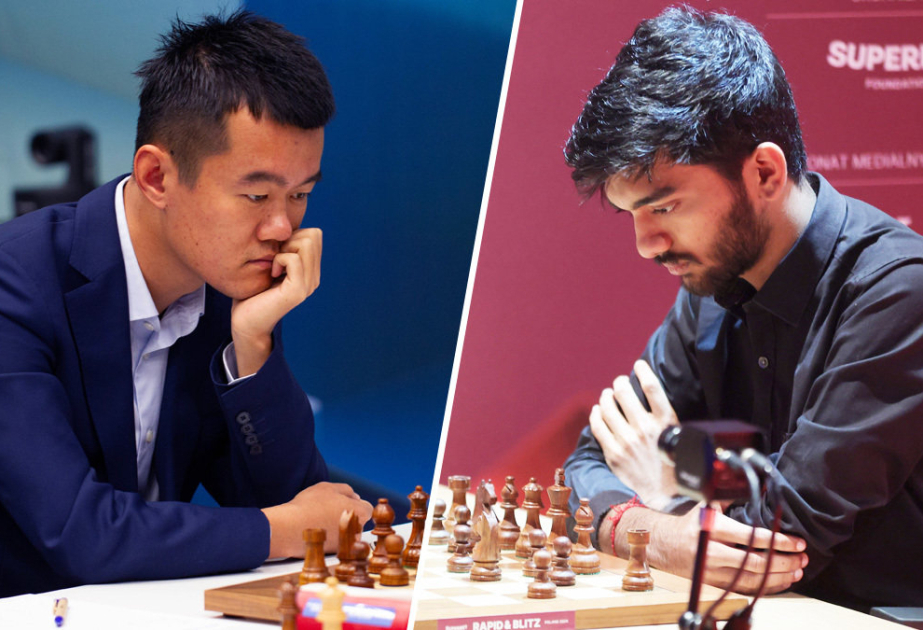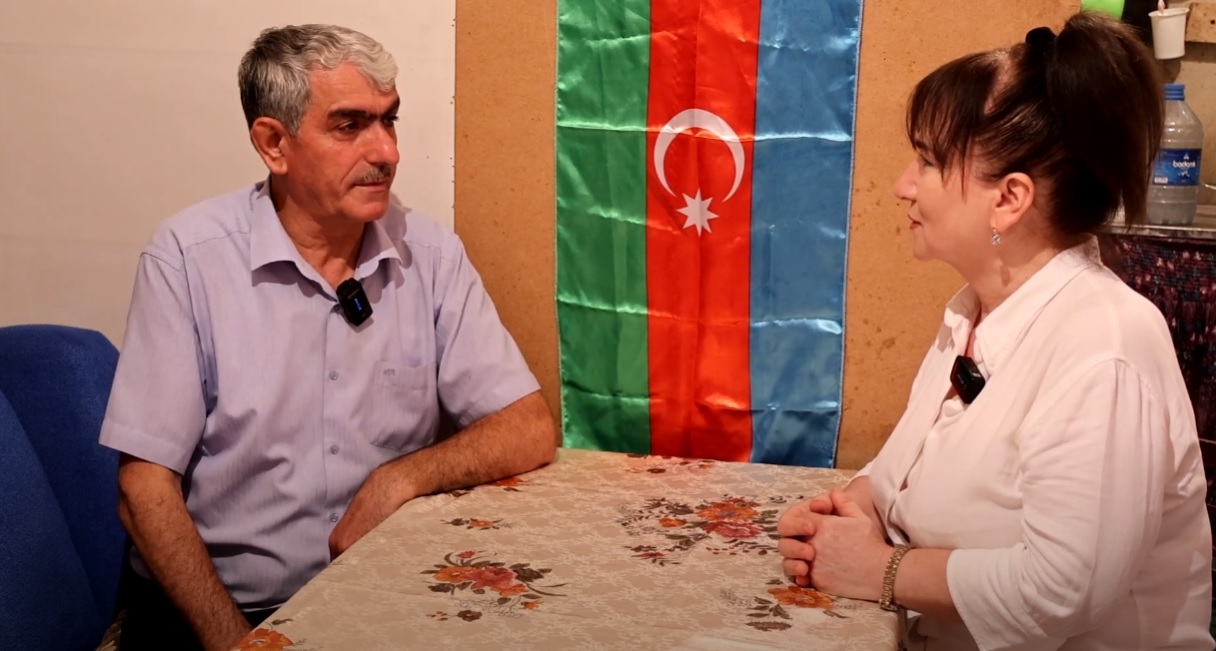In Singapore, the 18-year-old chess prodigy Gukesh Dommaraju took a huge step toward becoming the youngest classical chess champion in history, according to official FIDE website. After one of the most exciting games of the match, in which both players spent almost an hour on one single move, he defeated the champion Ding Liren, setting the match score at 6-5 with only three games to go.
Let’s take a closer look at today’s game. A double ceremonial move inaugurated the eleventh game, made by two chess trailblazers.
GM Hou Yifan, 4-time Women’s World Champion, made the ceremonial first move today for Ding Liren. Hou Yifan has achieved many notable accomplishments: At 14 years, 6 months, and 2 days old, she became the youngest female player to ever earn the grandmaster title. At 16, Hou became the youngest ever to win the Women's World Chess Championship. She is the second highest rated female player of all time, and one of only three women to have been rated among the world's top 100 players.
GM Eugene Torre from the Philippines, made the ceremonial first move for Gukesh D. Torre has been a trailblazer for Asian chess for half a century, achieving a number of continental milestones including first grandmaster, first to defeat a reigning world champion, and first to reach the Candidates stage of the World Championship. A member of the Philippine Olympiad team a record 23 times, Torre won three individual medals on board one. He also won a bronze medal on board three at Baku 2016 at the age of 64.
Playing with White, Gukesh went for the reversed Blumenfeld gambit for the first time in his life, sacrificing a pawn for the initiative! “A provocative opening, not necessarily computer approved, but this is a human game,” explained GM David Howell in the commentary booth.
The database revealed only one game played by Ding Liren in this opening (an online rapid against Indian GM Adhiban Baskaran). However, interestingly enough another very strong Indian player, GM Arjun Erigaisi, has had a lot of success with this gambit, and it has been rumored that Erigaisi may be one of Gukesh’s “secret” seconds in this match...
Ding Liren went into the tank for nearly forty minutes (!) to decide on his opening approach – to accept the pawn gambit with 4…dxe3, or play 4.Nf6 and potentially running into Gukesh’s preparation.
“It was a very difficult game for me. Already on move four, I wasn’t sure if I had made the correct choice. I remembered a game I played in a rapid tournament against GM Adhiban, but I couldn’t remember the other moves. I spent 40 minutes calculating some nonsense variations,” a visibly upset Ding explained after the game.
“I do wonder if it’s this conscience thing - you take a quick draw with White and in your mind, you feel guilty, you don’t feel good about yourself afterward. Every time I take a quick draw with White, just like Ding did yesterday, I guarantee I will lose the next game with Black. It’s happened many times in my career,” added GM David Howell in the commentary booth.
The official novelty of the game was 5…Bg4. By this time, Ding had already used up more than an hour – half of his total thinking time. “These types of positions with …c5 and …d4 can be very tricky, for both sides,” explained four-time Women’s World champion Hou Yifan, who joined the commentary at the end of the opening. “Sometimes the lack of time is a factor, but other times the position is more important. Players need to balance well their time-management. But today, there is already a huge time difference.”
On move nine, Gukesh could have played 9.c5 and develop his light-squared bishop actively to c4 or b5. Instead, he preferred to close down the queenside and then spent an hour of his thinking time to calculate all the complications in the line 11.g3 and 12.Bg2, which allowed Ding’s knights to create some threats in the center.
Hou Yifan offered a bit more insight on Ding Liren: “I played many games against Ding when we were younger. He is a very creative player and can play all the structures. He doesn’t always play the most logical moves, but he often is more thoughtful.”
At this point, Gukesh thought that he had messed up the opening, but he saw come chances to get back into the game in the middlegame: “Full congratulations to my team for their effort in the preparation of this opening, which caught my opponent by surprise. Then I did some stupid things, but I am happy I was able to get it back together,” he shared.
Ding was getting into time trouble and Gukesh took advantage by sacrificing the b-pawn and then pressing with all his pieces on the queenside, along the b-file and the h1-a8 long diagonal. Ding was hanging on but everyone in the media center sensed that he might crack at any moment.
In the end, time pressure proved decisive. With only seven minutes to go, Ding blundered on move 28, dropping a piece in a one-move combination. Instead of 28…Nb4, returning his extra pawn with decent drawing chances, he played the losing 28…Qc8 and after 29.Qxc6 had to resign.
In an attempt to remain positive, Ding Liren recalled that in the previous match he managed to make a come-back: “In the last match I made a comeback on the twelfth game, so I am hoping to play well tomorrow.”
After eleven of the fourteen scheduled classical games, Gukesh D. leads 6-5. The twelfth game will take place on Monday, December 9th at 5 PM local time in Singapore, with Ding Liren playing White.

















.jpg)
